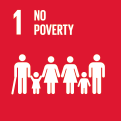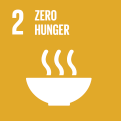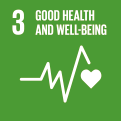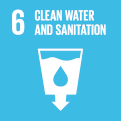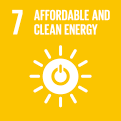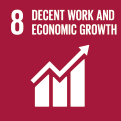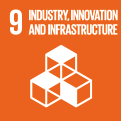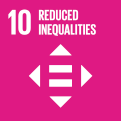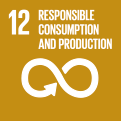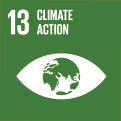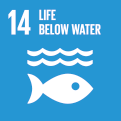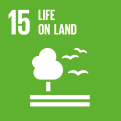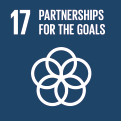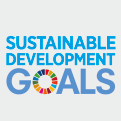
Global level
GOAL 4: Ensure inclusive and equitable quality education and promote lifelong learning opportunities for all.
“Quality education and lifelong learning opportunities for all are central to ensuring a full and productive life to all individuals and to the realization of sustainable development. Despite considerable progress in school enrolment, millions of children remain out of school, especially where educational systems struggle to keep up with population growth. Even when more children are enrolled, many do not acquire the basic skills. Quality education is hampered by the lack of trained teachers and adequate school facilities. Achieving this Goal will require intensified efforts, particularly in sub-Saharan Africa and Southern Asia, targeted to vulnerable populations, specifically persons with disabilities, indigenous people, refugees and the rural poor.”
Source: United Nations, The Sustainable Development Goals Report 2017
Targets:
-
4.1By 2030, ensure that all girls and boys complete free, equitable and quality primary and secondary education leading to relevant and effective learning outcomes.
- Indicator 4.1.1 Proportion of children and young people: (a) in grades 2/3; (b) at the end of primary; and (c) at the end of lower secondary achieving at least a minimum proficiency level in (i) reading and (ii) mathematics, by sex
- Indicator 4.1.2 Completion rate (primary education, lower secondary education, upper secondary education)
-
4.2 By 2030, ensure that all girls and boys have access to quality early childhood development, care and pre-primary education so that they are ready for primary education.
- Indicator 4.2.1 Proportion of children aged 24-59 months who are developmentally on track in health, learning and psychosocial well-being, by sex
- Indicator 4.2.2 Participation rate in organized learning (one year before the official primary entry age), by sex
-
4.3 By 2030, ensure equal access for all women and men to affordable and quality technical, vocational and tertiary education, including university.
- Indicator 4.3.1 Participation rate of youth and adults in formal and non-formal education and training in the previous 12 months, by sex
-
4.4 By 2030, substantially increase the number of youth and adults who have relevant skills, including technical and vocational skills, for employment, decent jobs and entrepreneurship.
- Indicator 4.4.1 Proportion of youth and adults with information and communications technology (ICT) skills, by type of skill
-
4.5 By 2030, eliminate gender disparities in education and ensure equal access to all levels of education and vocational training for the vulnerable, including persons with disabilities, indigenous peoples and children in vulnerable situations.
- Indicator 4.5.1 Parity indices (female/male, rural/urban, bottom/top wealth quintile and others such as disability status, indigenous peoples and conflict-affected, as data become available) for all education indicators on this list that can be disaggregated
-
4.6 By 2030, ensure that all youth and a substantial proportion of adults, both men and women, achieve literacy and numeracy.
- Indicator 4.6.1 Proportion of population in a given age group achieving at least a fixed level of proficiency in functional (a) literacy and (b) numeracy skills, by sex
-
4.7 By 2030, ensure that all learners acquire the knowledge and skills needed to promote sustainable development, including, among others, through education for sustainable development and sustainable lifestyles, human rights, gender equality, promotion of a culture of peace and non-violence, global citizenship and appreciation of cultural diversity and of culture’s contribution to sustainable development.
- Indicator 4.7.1 Extent to which (i) global citizenship education and (ii) education for sustainable development are mainstreamed in: (a) national education policies, (b) curricula, (c) teacher education and (d) student assessment
-
4.a Build and upgrade education facilities that are child, disability and gender sensitive and provide safe, non-violent, inclusive and effective learning environments for all.
- Indicator 4.a.1 Proportion of schools offering basic services, by type of service
-
4.b By 2020, substantially expand globally the number of scholarships available to developing countries, in particular least developed countries, small island developing States and African countries, for enrolment in higher education, including vocational training and information and communications technology, technical, engineering and scientific programmes, in developed countries and other developing countries.
- Indicator 4.b.1 Volume of official development assistance flows for scholarships by sector and type of study
-
4.c By 2030, substantially increase the supply of qualified teachers, including through international cooperation for teacher training in developing countries, especially least developed countries and small island developing States.
- Indicator 4.c.1 Proportion of teachers with the minimum required qualifications, by education level
Last updated: 10. 07. 2020

